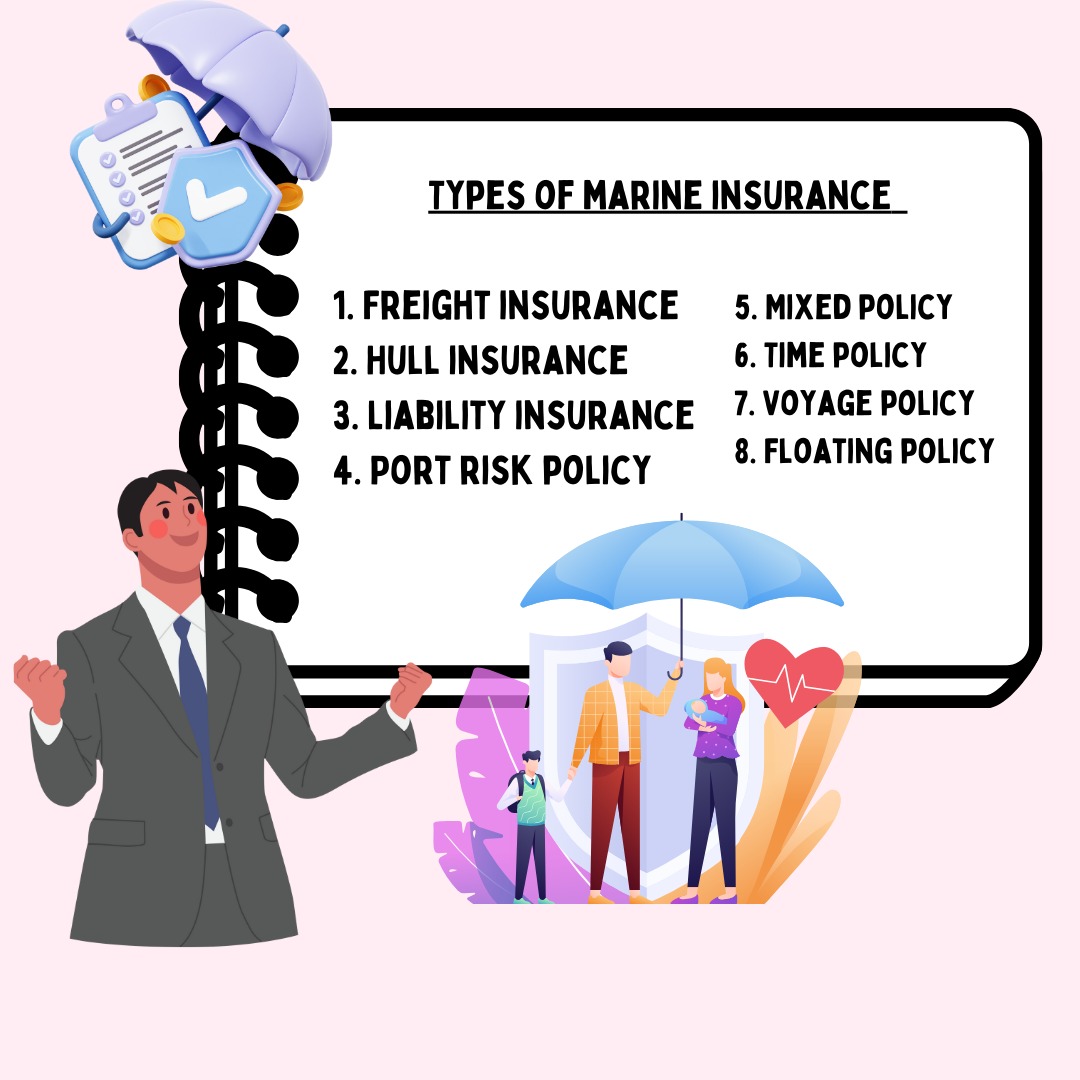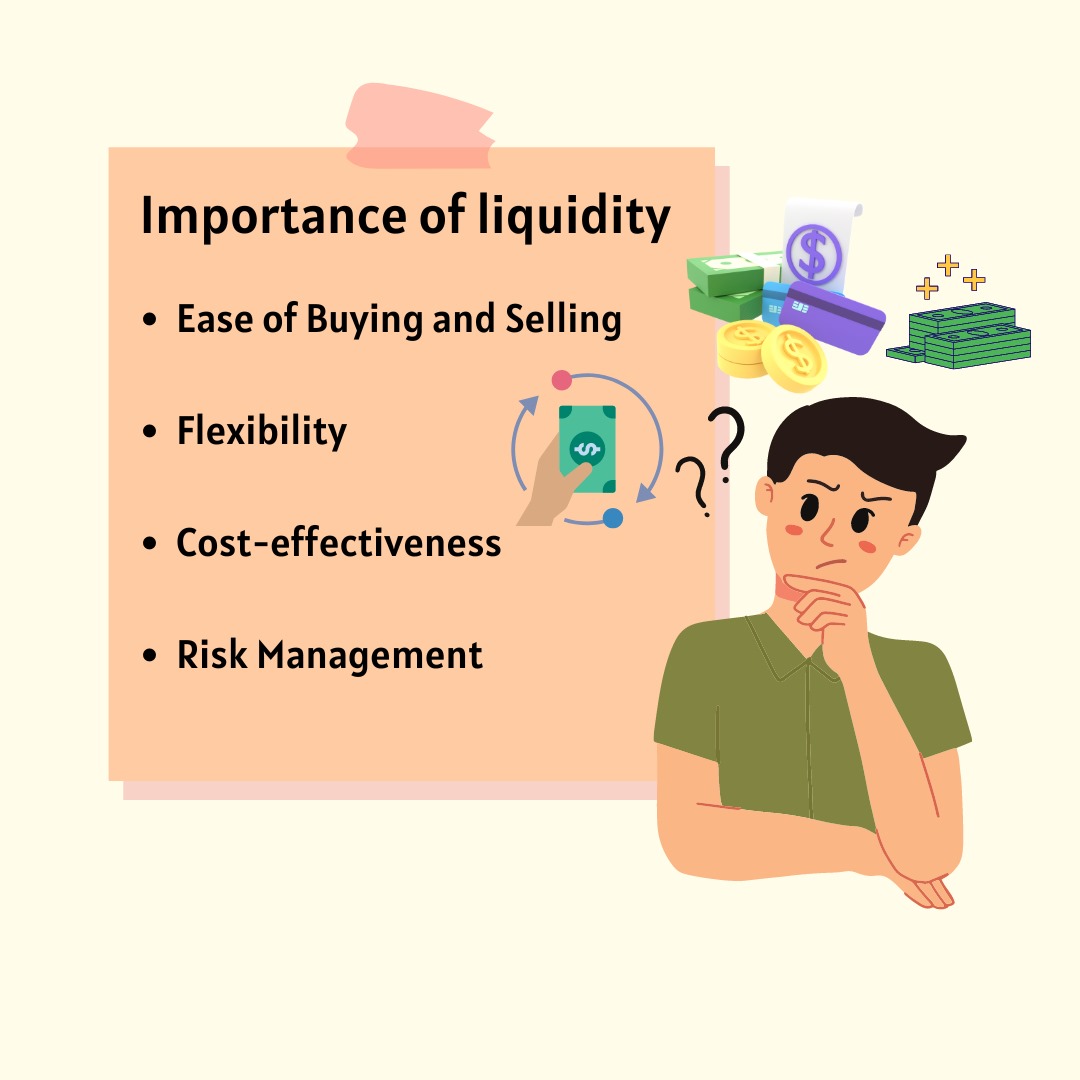8 Types of Marine Insurance: Importance, Features, and Coverage

Marine insurance is a familiar term to those who deal with “matters of the sea”. But to an average person, it sounds alien. Sure, we’ve heard about life insurance, but how is the marine ecosystem related to it? If you have this question, you’re in luck because we’ll cover Marine Insurance, types of Marine Insurance, and more elaborately here.
What’s in Store?
- What is Marine Insurance?
- Why is Marine Insurance Needed?
- What Are the Features of Marine Insurance?
- What is Covered Under Marine Insurance Policy?
- What Are the Types of Marine Insurance?
1. Freight insurance
2. Hull insurance
3. Liability insurance
4. Port risk policy
5. Mixed policy
6. Time policy
7. Voyage policy
8. Floating policy
What is Marine Insurance?
The type of insurance that covers shipping and maritime trade risks is called maritime insurance. It typically covers loss of or damage to cargo, ships, ports, terminals, etc.
Why is Marine Insurance Needed?
In a marine ecosystem, activities like shipping and cargo transportation are common which are accompanied by both natural and man-made risks like storms, hurricanes, collisions, onboard fires, and more are associated with such activities.
Those who have ever shipped across the border know that the assets of various stakeholders are at risk in the process. As a seller, your goods are in transit. The buyer is waiting to get the goods and use them in her operations. The cargo, shipping, and transportation companies have the liabilities hanging on their heads to deliver the shipment in time.
One minor mishap in the process can result in delays, accidents, or even damaged goods. Such risks can ripple across the system and cause financial distress to otherwise unrelated businesses. To protect themselves against such risks, owners and operators of ships, cargo vessels, importers, exporters, and maritime constructors, get Marine Insurance. In short, both industries and individuals get covered with this insurance.
A marine insurance policy can save us from the trouble of being uncertain about the future and its impact on shipment. The specificities of maritime coverage depend on the nature of the maritime activity and assets involved. Other than sea/ocean, this maritime insurance covers damage through rail, road, and air. We’ll discover more about this in the section on the types of Marine Insurance.
What Are the Features of Marine Insurance?
With accurate knowledge of what Marine Insurance is and why stakeholders need it, the next step is to find out its key features. Find the top 3 features here:
1. Tailor-made solutions: Marine insurance caters to the individual needs of each person involved in maritime activities. With custom-made solutions for specific needs, marine insurance is thought to be a highly customer-centric tool.
2. Variety of Value: The insured value of the assets can be the actual value of the asset or the agreed-upon value between the person and the insurance company. This makes options regarding the insured value of the assets available.
3. Options for Premium Payment: Insurance companies offer several payment options for premiums. For maritime insurance policyholders, quarterly, annual, and payment-in-one-go plans are made available. Now let’s figure out what is covered under Marine Insurance Policy.
What is Covered Under Marine Insurance Policy?
Marine Insurance Policy is a savior for innumerable stakeholders involved in the maritime business. But to fully understand how exactly it’s detrimental, let’s discover what is covered under Marine Insurance Policy:
- Theft of goods or cargo
- Lost goods During the time of loading and unloading
- Malicious damage, that is damage done by employees or a person other than the policyholder
- Collision of two vessels which leads to the damage to goods
- Lightning, fire, and explosions during maritime activities
- Accidents involving land transportation, like collisions, overturning, or derailment, ensure compensation for costs and damages.
- Loss or damage to goods if the bridge breaks during transportation, protecting against disruptions in the vehicle’s path.
- Overturning or derailment of the vessel carrying them, offering compensation for losses incurred.
- Stranding, grounding, or sinking of the ship during transportation, addressing damages to the cargo.
- Losses caused by earthquakes or volcanic eruptions during transportation, providing financial protection for affected goods.
- Sea/river/lake water entering the watercraft, excluding damage from rainwater, ensuring compensation for affected cargo.
- Natural calamities like earthquakes or lightning strikes, cover losses incurred due to these unforeseen events.
- Goods lost or damaged due to waves sweeping them away during transportation.
- Losses resulting from the vessel coming in contact with structures or animals.
These are all the areas that are covered under Marine Insurance. Having understood them, we’re ready to explore the 8 types of Marine Insurance.
What Are the Types of Marine Insurance?
Types of marine insurance serve various purposes in safeguarding different aspects of maritime activities:
1. Freight Insurance
Freight insurance ensures protection for goods in case of damage due to covered risks. To facilitate customs clearance, an insurance invoice may be required when essential information is not present in the commercial invoice.
2. Hull Insurance
Hull insurance acts as a safety net for vessels, covering damage to the hull and machinery. This policy provides financial protection when the ship’s body or machinery is damaged due to covered risks. It encompasses various water vehicles, including boats, ships, yachts, fishing boats, and steamers.
3. Liability Insurance
Liability insurance shields against claims arising from injuries or damage to individuals and/or property. It includes legal cost coverage and payouts for which the insured party is found liable, excluding intentional damage, contractual liabilities, and criminal prosecution. This type of insurance is essential for automotive, product manufacturing, medical, and legal practices.
4. Port Risk Policy
Port risk policies specialise in protecting financing banks during foreclosure or arrest processes, particularly when vessels are in port or at anchorage. These policies cover the loss of or damage to collateral assets and related third-party liabilities.
5. Mixed Policy
A mixed policy combines features of both voyage and time policies in marine insurance. This contractual agreement between the insurer and policyholder details specific terms to provide comprehensive coverage.
6. Time Policy
Time policies specify a duration, typically 12 months or one year, during which the insured is covered. The policy expires after the agreed-upon time period elapses, as stated in the insurance contract.
7. Voyage Policy
Voyage policies offer marine insurance coverage for risks to a ship’s cargo during a specific voyage. Unlike most policies, it is not time-based and terminates upon the ship’s arrival at its destination, covering only the cargo, not the vessel itself.
8. Floating Policy
A Floating Policy, also known as an Open Marine Policy, eliminates the need for individual policies for each consignment and transit journey. This policy protects businesses from losses due to sinking, fire, explosion, natural calamities, and more.
These are the 8 types of Marine Insurance policies that you need to know about as a stakeholder in the activities related to the Marine ecosystem. Having understood what Marine Insurance is, its importance, features, and coverage, you are now equipped to pick the right Marine Insurance for yourself (without any confusion). Keep checking out this space if you want to continue making wise financial decisions.







